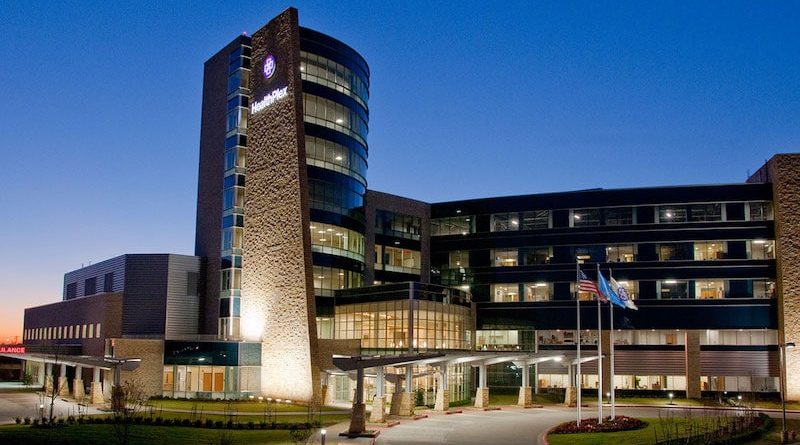How Norman Regional Health System Leveraged Virtual Scheduled Visits During COVID-19
Norman Regional Health System, a rural health system in Oklahoma, recognized that patients needed an easier way to get care while self-isolating during the COVID-19 pandemic. To provide that care, Norman Regional turned to virtual health.
The health system greatly ramped up its telehealth offering, onboarding and training nearly 200 providers over the course of 72 hours. These efforts resulted in a drastic increase in virtual visits during the pandemic. Here’s a look at how the health system integrated telehealth into its COVID-19 response:
Prior to COVID-19
Norman Regional Health System had already partnered with Amwell on a telehealth initiative to increase healthcare access for rural areas before COVID-19. Given the geographical spread of Oklahoma, it was difficult for patients to easily access certain healthcare services. With the goal of addressing this lack of access in mind, Norman Regional started its telehealth initiative in February 2018, and in May of the following year, the health system expanded that initiative to include virtual specialty care.
Heading into 2020, Norman Regional was planning to add providers to its virtual scheduled visits platform. However, the emergence of COVID-19 accelerated those plans, leading the health system to massively expand and grow its virtual offerings in March 2020.
In the Midst of COVID-19
On March 17, Norman Regional’s leadership directed the telehealth team to get all primary care providers up and running on virtual care as soon as possible. The team immediately started creating provider accounts, enrolling staff and getting them set up on the platform over the next 24 hours.
By the morning of March 19, all Norman Regional primary care providers were using virtual care. By the week of March 23, all specialty providers were using telehealth, and by the end of the first week of April, ambulatory providers and rehabilitation services were up and running.
The telehealth team developed a comprehensive set of guidelines they rolled out to train key stakeholders at each of the health system’s locations. This “train the trainer” approach helped train providers faster, empowered them to find answers on their own and helped them feel confident in their usage of the virtual program.
The Results — and a Look at the Future
Norman Regional Health System went from having one specialist using telehealth in early March 2020, to having 173 specialists using it by the end of the month. In just a few weeks, Norman Regional stood up 19 active in-person clinics on its virtual care platform, creating a total of 22 virtual practices.
In April 2020, Normal Regional saw a fourfold month-over-month increase in the number of total virtual visits, and a threefold increase in the number of scheduled virtual visits. On-demand virtual visits also saw an increase during the pandemic, with the average daily visits more than doubling.
Given the results of these telehealth efforts, Norman Regional Health System is looking beyond COVID-19 and considering the future of virtual care at the organization. The health system hopes to expand its virtual care coverage to meet patients where they are — no matter how rural the area. The COVID-19 pandemic may have accelerated the organization’s telehealth plans, but Norman Regional has recognized the value of virtual care and changed how it approaches healthcare forever.
To learn more about how Norman Regional Health System quickly expanded its telehealth efforts and trained providers amid COVID-19, read the full case study.
Photo courtesy Norman Regional Health System.


